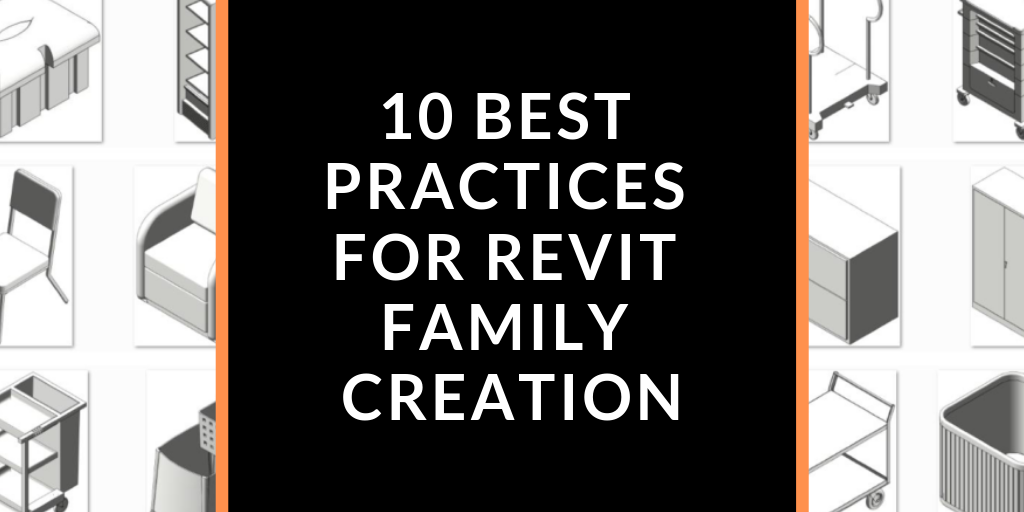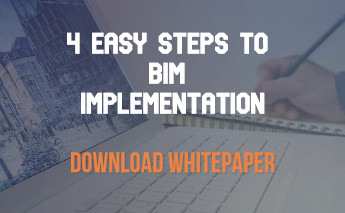Do you develop your Revit BIM families in-house or are you in process of setting up standards for Revit family creation? Here are 10 useful best practices to consider while creating Revit families or establishing Revit family standards in-house.
|
Getting your Trinity Audio player ready...
|
1. Stay Minimal: It is suggested to have the detailed levels for elevations and plan representation and also have certain display options available on visibility settings. Bring to use the symbolic lines and also masking regions in place of geometry. Also try to stay minimal while you model geometry with the help of the defined visibility settings.
2. Do Not Over Model: While creating assemblies make sure you have limited the creation of assemblies and parts in order to avoid the overloading of the model with all kinds of unneeded details. Make sure you only consider the important assemblies.
3. Limit Usage of Nested, Detailed and Parameterized Families: It is important to understand the importance of parameters in terms of Revit families. With the correct usage of parameters and nested families there are huge chances of success while customising and building the families. But it is important that the usage of nested and parameterized families is only to the point it is necessary, as any overloading can lead to complexity which may make the product limiting and frustrating.
4. Use Families in Place of Group: To a fact families are considered to be lighter than groups. Thus, it is suggested to use families in place of groups as much as possible. Another reason of considering families over group is that even though groups are much powerful than families but it takes time to update all groups at instance which affects the efficiency of the project and design.
5. Avoid Over-usage of Voids: Voids can be considered to be of great use when they are utilised sparingly but they may impose penalties in terms of performance if they are used improperly or are overused. Many a time voids present the only way to model the elements accurately. However, it is suggested if possible try building the elements using solids instead of voids.
6. Avoid Formula and Array: The extensive usage of Formula and Arrays can add to the overall size of the families and thus it may affect their performance at the project level. Also if arrays are used sparingly in one family and the family is copied numerous times in the project the performance will still be impacted.
7. Use Masking Regions and Symbolic Lines: In order to reduce the model size and keep a check on the complexity of the project it is suggested to use masking regions and symbolic lines in place of complex 3D geometry. It helps in giving a detailed show and that to with more than one view like 3D views and elevation and still reduce the complexity of the project and its size as well.
8. All Families Need Not be Parametric: It is important to plan parametric relations and then create the family skeleton which is able to feature the major parametric relations. But it is important to ensure that you build only that parametric family behaviour which is required to avoid over-hampering of the model. Thus, all families are not required to be parametric.
9. Use Family Component Rather Than In-place Families: In case the components are required to be used repeatedly it is important to make sure that you create family component in place of using in-place families. While you copy any in-place families a completely new entity is generated every time in place of just referencing the information available from the initial instance. This increase the workload and complexity of the project.
Download the whitepaper for “Best practices of Revit family creation“.
You may find out about Revit Modelling India and the ways in which we may help in implementation of BIM. Write us on info@revitmodelingindia.com and our BIM experts will reach you.



Leave a Reply